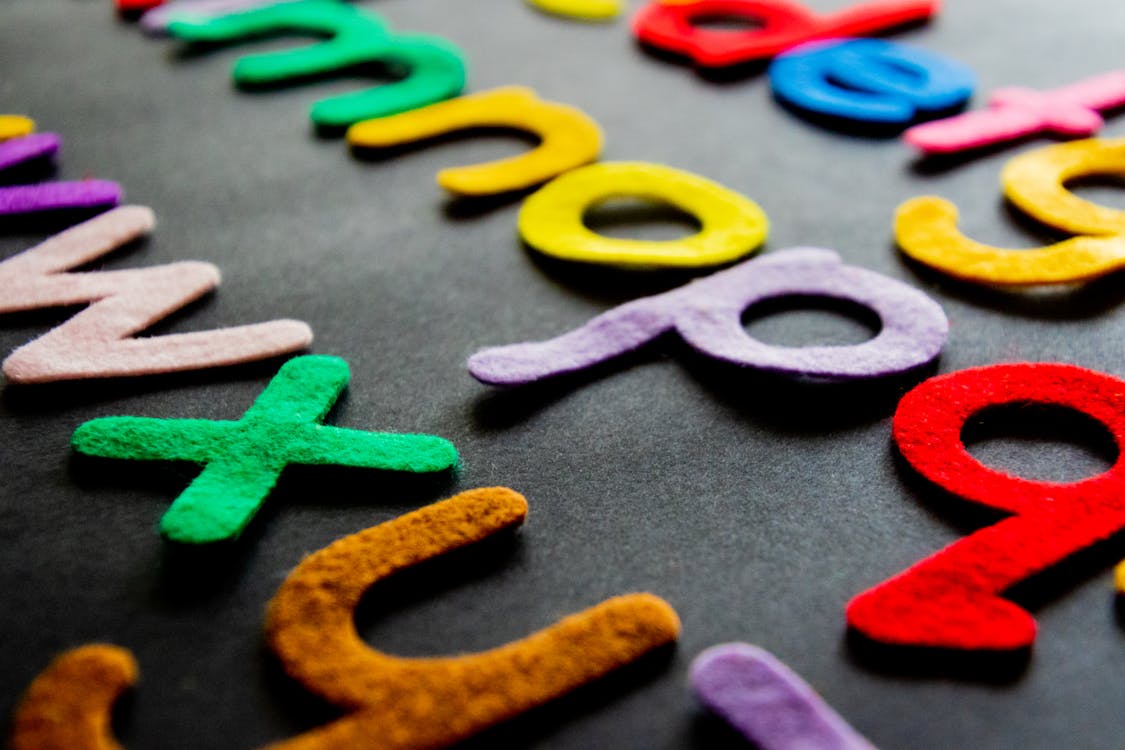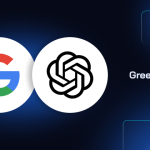
Enthusiasts in the artificial intelligence (AI) community have discovered a groundbreaking method for integrating custom fonts into AI-generated images using Low-Rank Adaptation (LoRA) technology and the new Flux model. Vadim Fedenko, a passionate AI hobbyist, recently showcased his success with this approach on Reddit, impressing many with his experiment using a “Y2K” style font.
“I’m really impressed by how this turned out. Flux picks up how letters look in a particular style/font, making it possible to train LoRAs with specific fonts, typefaces, etc. Going to train more of those soon,” Fedenko shared.
LoRA is a technique discovered in 2021 for adding lightweight matrices to pre-trained models that allows for efficient adaptation to new tasks, like generating fonts. A project called 4lph4bet-next v040 demonstrates this by training a LoRA on various fonts to produce complete, consistent fonts with Stable Diffusion.
The application of LoRA to typefaces is a novel development, as mainstream AI models like Stable Diffusion and OpenAI’s DALL-E 3 had limitations in generating precise textual content. Stable Diffusion 1.5, for instance, often returned gibberish when prompted to render specific words.
A Reddit user echoed this sentiment, saying, “Text was so bad before it never occurred to me that you could do this,” in response to Fedenko. Another user replied, “I didn’t know the Y2K journal was fake until I zoomed it.”
Despite the enthusiasm, some question the inefficiency of using deeply trained neural networks for simple font rendering when one can simply do it with modern graphical editing software. One Reddit commenter on a similar post about a Cyberpunk style Typeface on Flux noted, “This looks good but it’s kinda funny how we’re reinventing the idea of fonts as 300MB LoRAs.”
As of now, only two custom Flux typeface LoRAs are available. If this burgeoning technique gains wider adoption, it may become foundational in AI image synthesis.



















